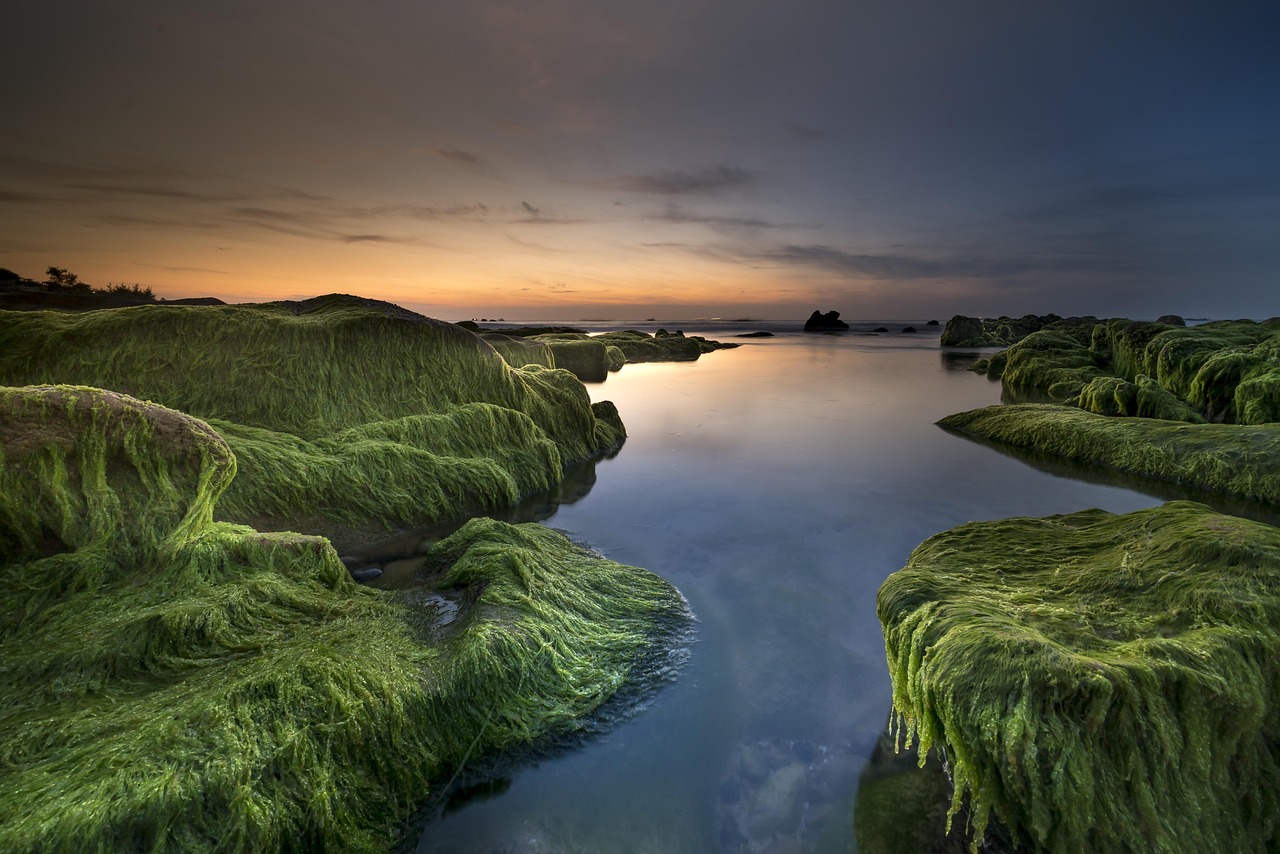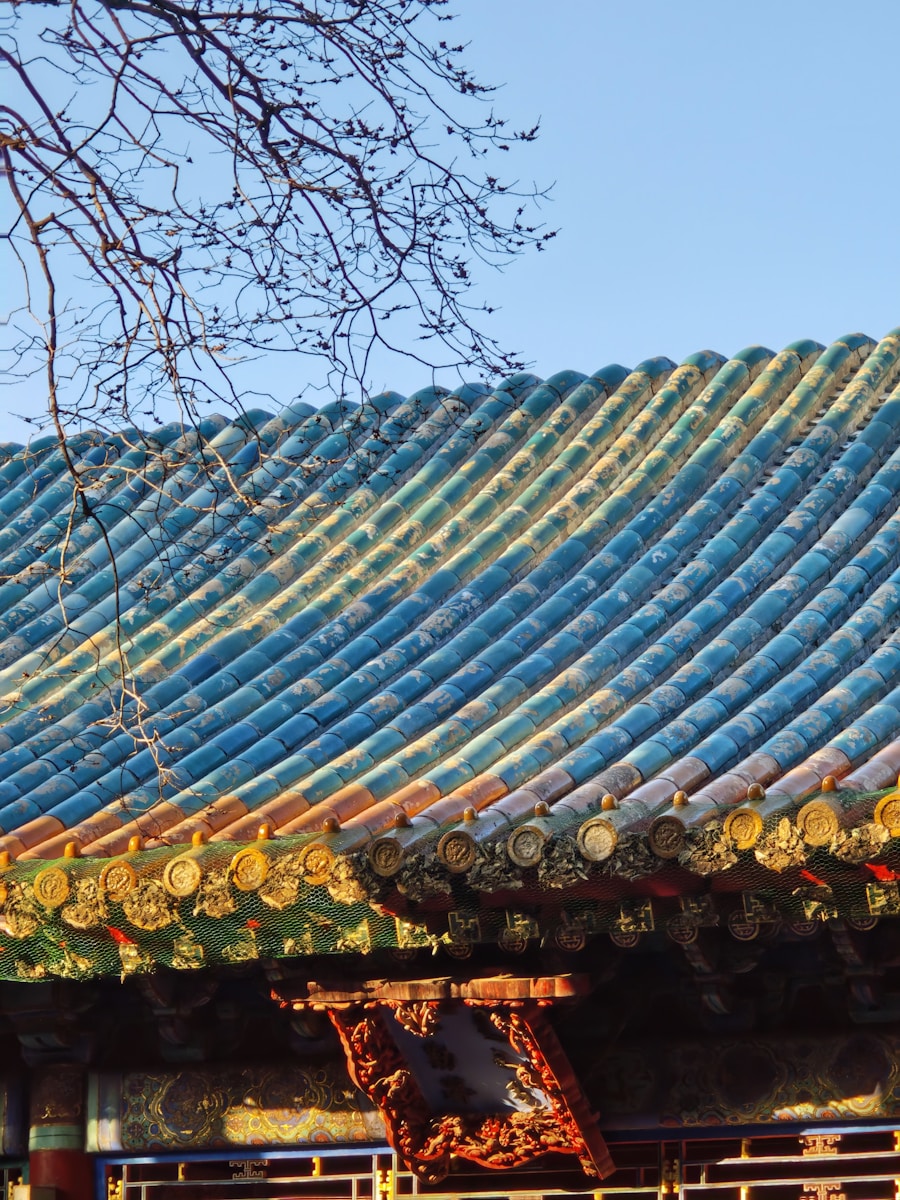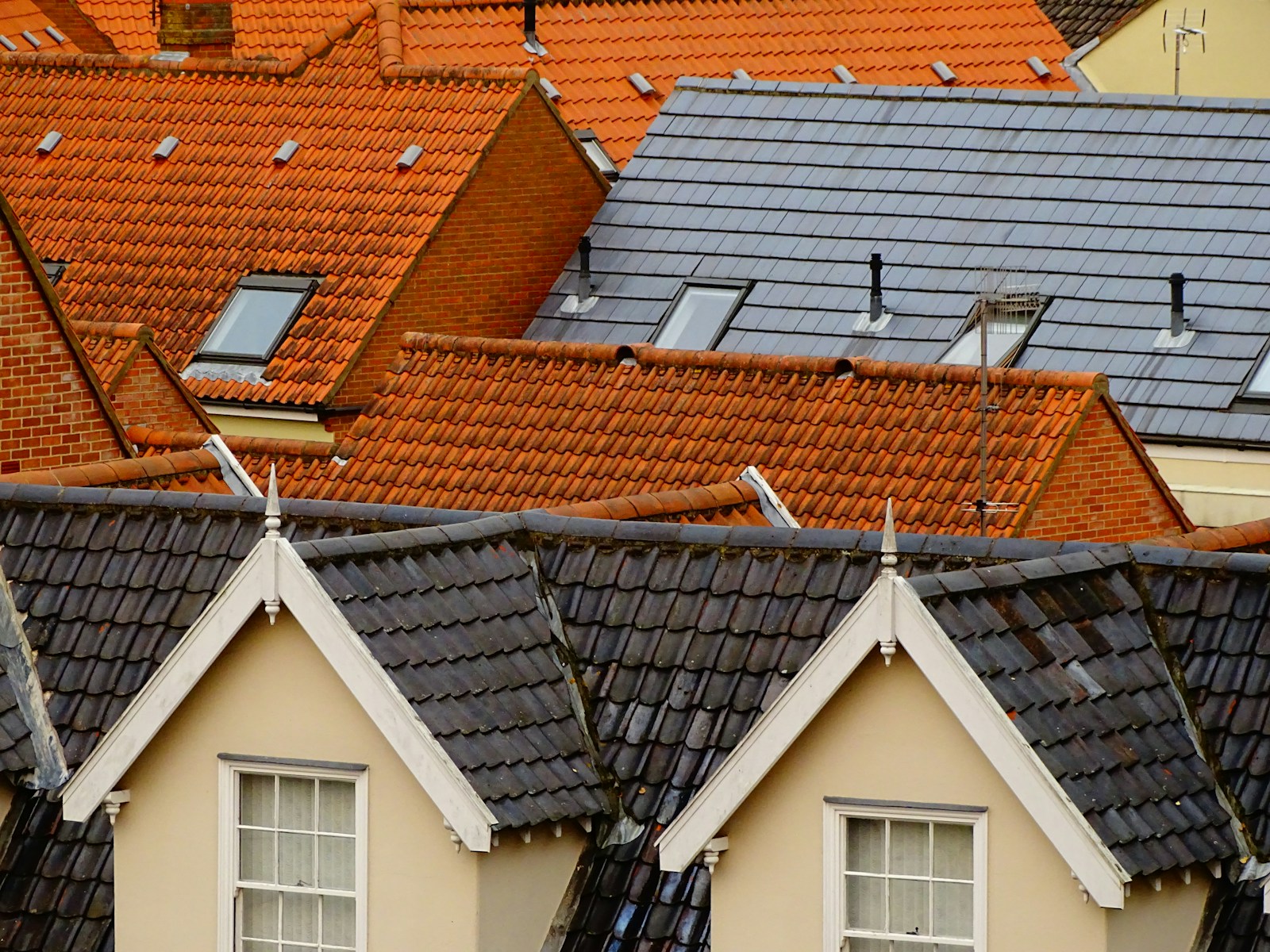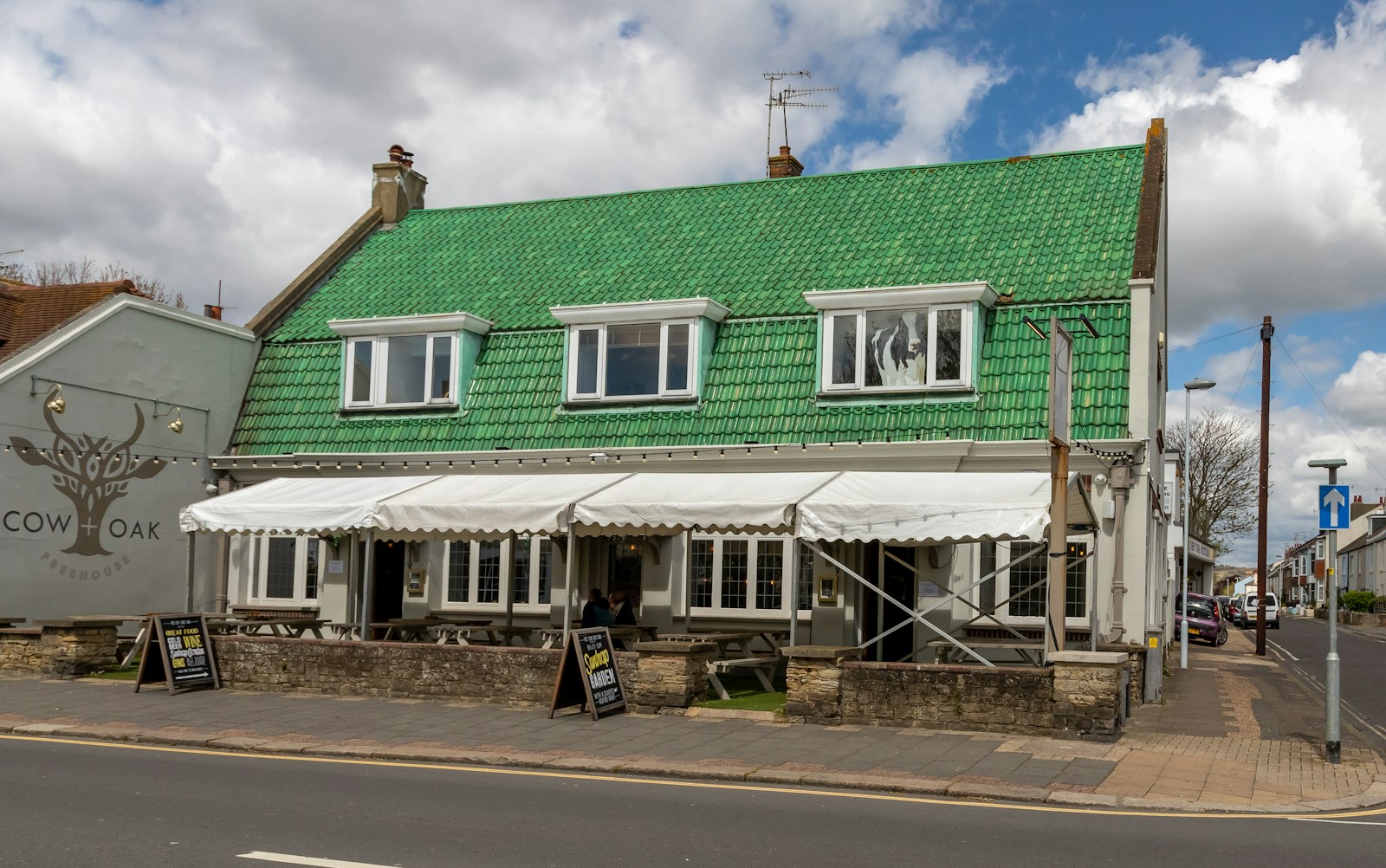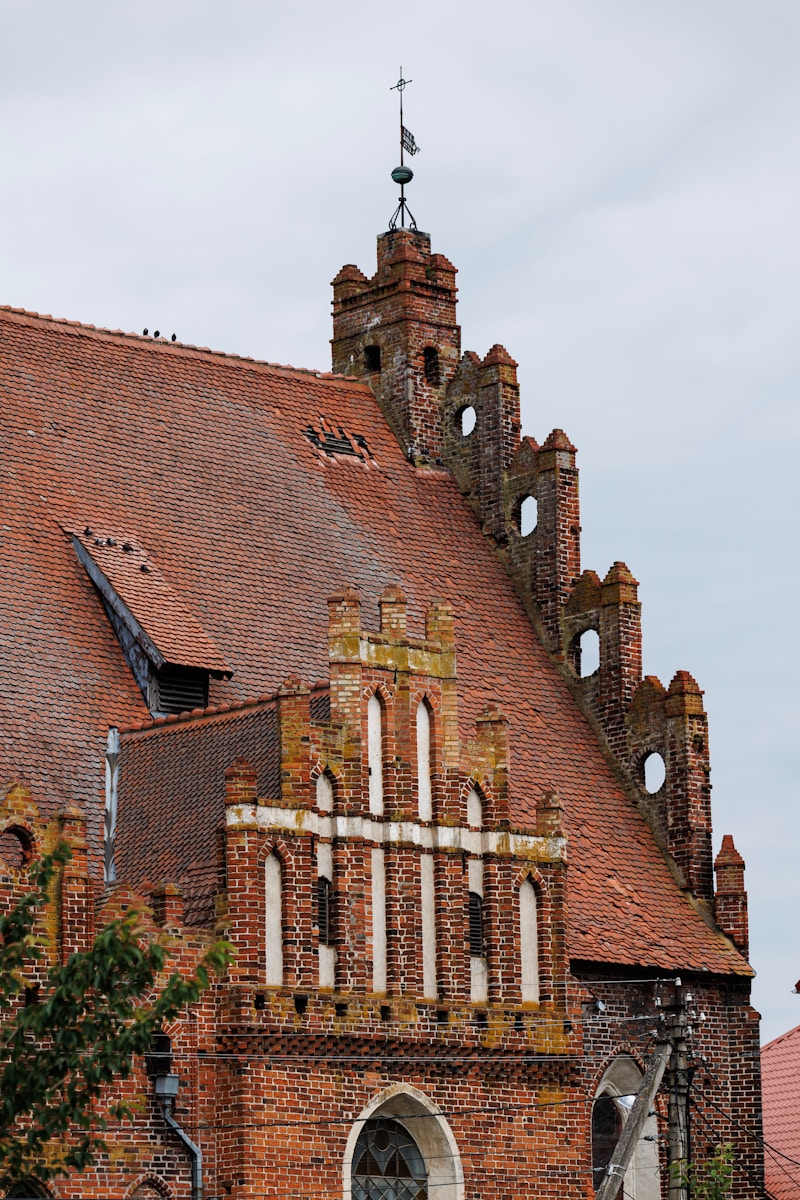So let’s say you’re standing there, bare feet in dirt, staring up at your hut or resort cabana or maybe some half-forgotten beach shack that’s trying real hard to not fall over — and the thatch roof, well, it’s gone green. Not jungle-green in a good way, no. That weird slimy swamp tone creeping across the edges like it wants to eat the roof whole. You rub your neck. You think, “That ain’t how it looked last year.”
It starts with a green whisper, then boom, swamp hair
Algae doesn’t scream. It whispers. Starts out like a light fuzz — you might think it’s dew if you squint wrong at 6 a.m. But then two weeks later, you’re staring at a fuzzy green pelt growing like your roof joined a jungle punk band. And it ain’t just ugly — it holds water like a miser clutches pennies. Damp on damp. Then the thatch sags, sometimes smells like a wet dog. Bugs move in, you don’t want to know what kind. Worse if you’re trying to run a guesthouse. Folks don’t book thatch roofs with mildew personalities.
The half-fixers and the bone-headed cures
You could hose it. Sure. That’s what most folks try first. Pull out the garden pipe, blast it like it owes you money. But nah, that don’t fix it. That just moves the algae spores around like a lazy mop. Might even drive ’em deeper into the thatch if the pressure’s wrong. Seen someone spray bleach once. House smelled like a hospital for parrots. The leaves turned bone-white, brittle like they’d seen ghosts. Fell apart two months later. Don’t do that.
Start where it hurts — the wet spots
Algae’s favorite party trick is moisture. So, hunt it. You get on that roof, slow and careful, check the shaded parts, where the sun doesn’t hit hard. That’s usually where the first blooms take root. The spot near the chimney if you’ve got one, or under trees drooping overhead. If the eaves are low and backed-up gutters are spilling, that’s your culprit. You don’t kill algae by chasing it. You starve it. Dry it out.
Sometimes you gotta cut a few overhanging branches. Hard truth: shade’s nice, but not when it’s feeding roof mold. And if there’s insulation or fabric under the thatch? Check it. If that’s wet, you’re looking at more than just algae. You got a spongy death-layer.
The brush and salt method – old trick, still works
Here’s something they don’t teach you at fancy workshops: soft-bristle brush and saltwater. Not table salt. You use coarse sea salt, the kind that crunches like sand underfoot. Mix it in a big bucket, warm water, no fancy measurements — eyeball it till it tastes like the ocean’s having a bad day. Then brush. Gently. Not like you’re sanding wood. You want to scrub off the green, not rip up the straw.
It ain’t fast work. Knees’ll ache. Salt’ll sting if you got cuts on your hands. But it works. Salt dehydrates the algae, pulls the life right out of it, and the brushing gets it loose. Don’t rinse right away. Let it sit there and bake under the sun. You want the salt to stay long enough to annoy the spores.
Patching what got chewed
Algae’s sneaky. It’ll rot the bottom of the thatch layer while looking innocent on top. So after cleaning, you gotta check what’s underneath. Run your hand up between layers. If it crumbles like stale pastry, yank it. Don’t save it. Thatch is only good if it’s tight and breathing. Patch with similar leaves — don’t mix palm with straw or you’ll get uneven wear. People do that and wonder why birds show up tearing bits out for nests.
Now this part’s fiddly. You tuck new thatch into the old weave — think like a bird would do it. If you cheat and staple it in, fine, but it won’t hold long in coastal wind. The old way? Wood pegs or lashings. Takes time, sure, but if you’re repairing a tropical roof, you already gave up on being in a hurry.
Natural preventers that actually help
Now, prevention — that’s the bit people skip, then cry about six months later when the roof’s gone green again. After a good cleaning and drying, some folks apply a lime wash. Not paint. Not chemicals. Lime mixed with water, painted on thin. It raises the pH just enough to make the algae uncomfortable — like inviting your mother-in-law to a punk concert.
Or you could try copper wire. Yeah, copper. String it along the ridge. When it rains, tiny amounts leach off. Algae don’t like copper. It’s not magic, but it slows the return. Don’t let the wire rust. Replace if it goes dark-brown and crumbly.
When it’s too far gone – the painful rip-out
Sometimes you look at a roof and realize… nah, it’s not worth patching. Like trying to bandage a boat made of biscuits. If algae’s eaten deep, and the structure’s got that smell — that damp-earth, mushroomy smell — then yeah, you’re due for a full rethatch.
It’s a heartbreak, especially if it’s one of those fancy Balinese style curves or a gazebo you built with your cousin who vanished to Costa Rica. But a new thatch is better than watching the old one collapse mid-monsoon. And hey, maybe this time you do it smarter — steeper pitch, better drainage, and definitely no plastic liner trapped underneath.
Don’t forget the old lessons
Folks in island villages knew how to deal with algae long before you Googled it. They didn’t call it algae. Just “the green rot” or “the roof sickness.” They’d rethatch every few seasons, burn off the bad parts, treat the new bundles with ashes or limewater. No blogs. No manuals. Just sun, hands, and knowing what rot smells like.
Maybe next time it rains and your roof doesn’t drip like a bad faucet, you’ll think of that old trick with the salt. Or the copper wire you strung with stubborn fingers. Or the way the roof smells clean, finally, like grass drying under sun.
Anyway. That’s how you fix a green-rotted thatch. Ain’t pretty. But neither is algae.

